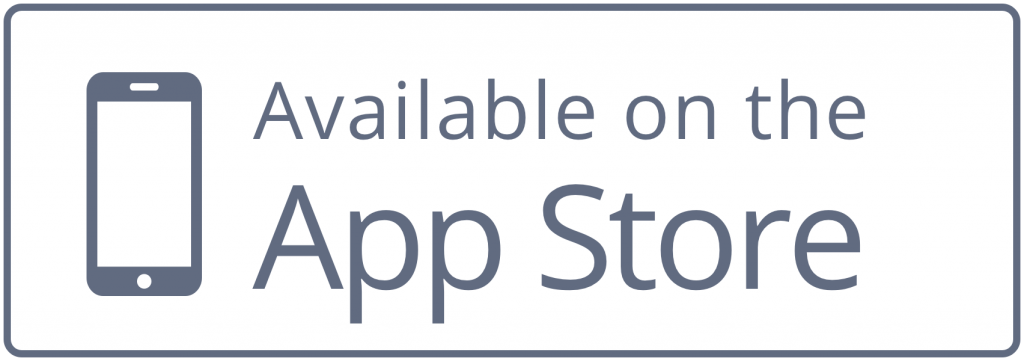SBAR or SBAR-R is an acronym widely used in the healthcare industry to communicate a handful of necessary information between healthcare professionals quickly and effectively. Miscommunication happens a lot in our day-to-day lives, but one place it should never happen is in a healthcare setting.
SBAR is important for nursing. It’s one of the many fundamentals nurses learn in their first semester of nursing school. In fact, it highlights one of the key features of the fundamentals of nursing—communication.
Answering Your SBAR FAQs
Where did SBAR come from?
The SBAR acronym was first developed by the military. The army used it to communicate with, none other than, nuclear submarines. Crazy, right? Since then, it’s been used in the aviation industry and, you guessed it, healthcare.
In the 1990s, the SBAR tool was introduced to healthcare. Used by rapid response teams in 2002, the acronym has now gained plenty of traction over the years among nurses and doctors.
Nurses first learn the SBAR meaning in nursing school. For nursing students, SBAR isn’t just another acronym they’re tested on. SBAR helps nursing students learn the importance of documentation and verbal communication, teaching them to communicate effectively with fellow nurses, physicians, and more.
What does SBAR stand for?
SBAR stands for situation, background, assessment, and recommendation.
What are the 4 steps of SBAR?
Knowing what SBAR stands for isn’t the same thing as comprehending it. We still need to discuss SBAR’s meaning and the four steps you should take to follow the SBAR method.
Step 1: S stands for situation. To start, gather information so you can clearly and briefly describe what’s going on./
Step 2: B is for background. As a nurse, you’ll provide relevant and clear background information about the patient and the situation.
Step 3: A is for assessment. Use the information you gathered during the first and second steps to assess what the problem is. Vital signs, physical assessment, and mental state are factors to take into consideration when assessing your patient.
Step 4: R stands for recommendation. Time to recommend a plan of action! Explain what you need and how urgently you need it to treat your patient.
Bonus Step: The last R in SBAR-R stands for readback. Adding this step to your 4 step SBAR routine will ensure you minimize errors! Readback verifies any direction given and confirms orders, double-checking your work to make it foolproof.
Why is SBAR used in nursing?
SBAR is used in nursing to improve patient safety. By following the SBAR format, nurses will reduce unnecessary patient and workplace stress and facilitate essential conversations with other healthcare professionals. A 2016 study implemented SBAR forms in a handful of nurses’ routines and 76% of them reported it was useful.
Using SBAR, whether it be a form or verbally, minimizes errors and helps your colleagues understand your patient’s situation. If you follow all five steps of SBAR-R, you can capture all relevant and necessary information about your patient and transfer that knowledge effectively and clearly to whoever needs it.
When should a nurse use SBAR?
Nurses should use SBAR to hand off patients after a nursing shift, discuss treatment plans with doctors, and when making phone calls to a patient’s healthcare team. So, nurses should be utilizing SBAR every day!
What are some SBAR examples?
S: A nurse will identify themselves and who they’re calling about. To start, say, “I am nurse [name], calling about [patient’s name]. I am concerned about [patient’s condition].”
Example: I am nurse Freeman. Trevor, an 18-year-old patient, was admitted for a closed head injury after tripping yesterday afternoon. I am concerned as he has developed onset confusion. /
B: Describe clinical background information. Try, “The patient was admitted with [condition/symptoms]. Their current condition is [describe patient’s physical and mental state].”
Example: Trevor was alert when he was admitted and remained alert overnight. His pupils were active, however, that no longer seems to be the case.
A: Give your assessment. You can say, “I believe the problem is [assessment]” or “I am unsure of what the problem could be.” Your assessment isn’t quite a diagnosis yet!
Example: I believe his level of consciousness is decreasing.
R: Ask if there’s anything you can do or ask for what you need. Very clearly state your needs by saying, “I suggest or require [your recommendation].”
Example: I need your help in determining the next plan of action for Trevor.
Is there an SBAR template?
Anytime you make a phone call or talk directly to a physician, you’ll provide an SBAR report like the one provided above. Refer to this SBAR template or use the following to form your report. It’s a great tool to have at your disposal!
How should I study SBAR?
The SBAR template above will come in handy, but you should also consider other study methods—you will have exams on it after all. Nursing students should take advantage of templates, videos, and visual learning tools such as Picmonic to prep for big exams like the NCLEX. It’s likely you’ll see SBAR appear in the form of an example, so try to familiarize yourself with healthcare scenarios as much as possible. Eager to get started? Use Picmonic as a nursing quiz app and deep-dive into SBAR-R and more!
Download our mobile app and take Picmonic on the go!















